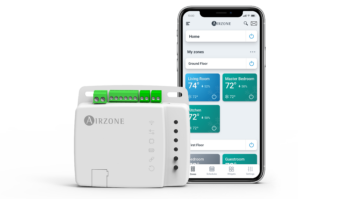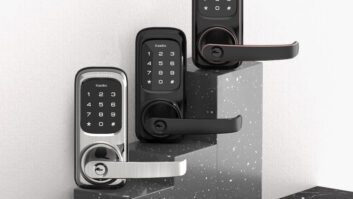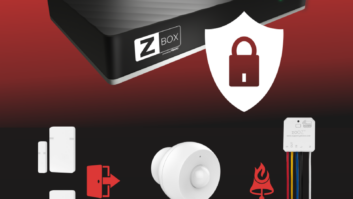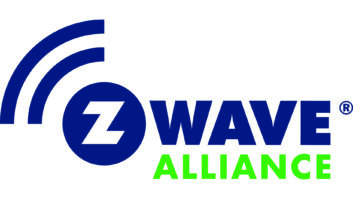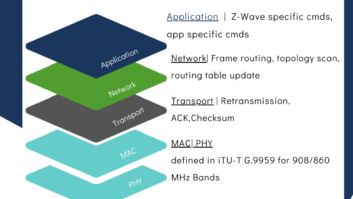Zensys has developed a third-generation Z-Wave chip that will deliver wireless home-control networks powered strictly by batteries. Such networks could include battery-powered smoke detectors that would no longer need to be hard wired together to make all detectors in a house sound off when one of them detects smoke.
Battery-to-battery networks could also include motorized blinds and door locks as well as smoke detectors.
The new chip is also 15 percent to 30 percent lower in cost than the previous generation, and combined with reduced power consumption, “will further help us meet our objective of bringing the benefits of wireless home control to the mass market,” said Tony Shakib, Zensys CEO.
The low-power wireless mesh-network Z-Wave standard, developed by Zensys, is incorporated in about 100 consumer products in such markets as lighting-control and HVAC. Previous implementations of Z-Wave supported battery-operated devices such as sensors, but the battery-operated device had to be part of a network with at least one hard-wired Z-Wave transceiver.
Products incorporating the latest chip will be interoperable with existing Z-Wave devices and will be the most power-efficient Z-Wave devices, thanks to multiple power modes and an enhanced wake-up timer to further reduce power consumption in battery-operated devices
Z-Wave is a low-power, 9.6kbps mesh-network protocol that, when combined with wireless technology, delivers two-way wireless-remote control over lighting, appliances, garage-door openers, thermostats, and other home systems from handheld or tabletop remotes located anywhere in the house. The technology also makes it possible to integrate the control of Z-Wave home systems. Pressing a garage-door remote, for example, could also turn on select indoor and outdoor lights.
Z-Wave is positioned as a lower cost option to control systems built on proprietary wireless technologies.
Because of its mesh-network technology, each device acts as a repeater to extend the range of a Z-Wave remote, making separate repeaters unnecessary.





